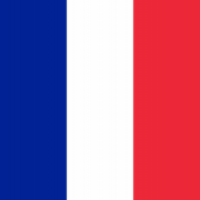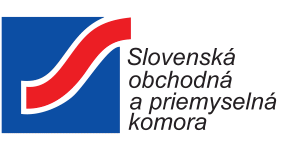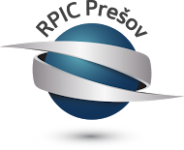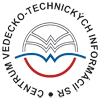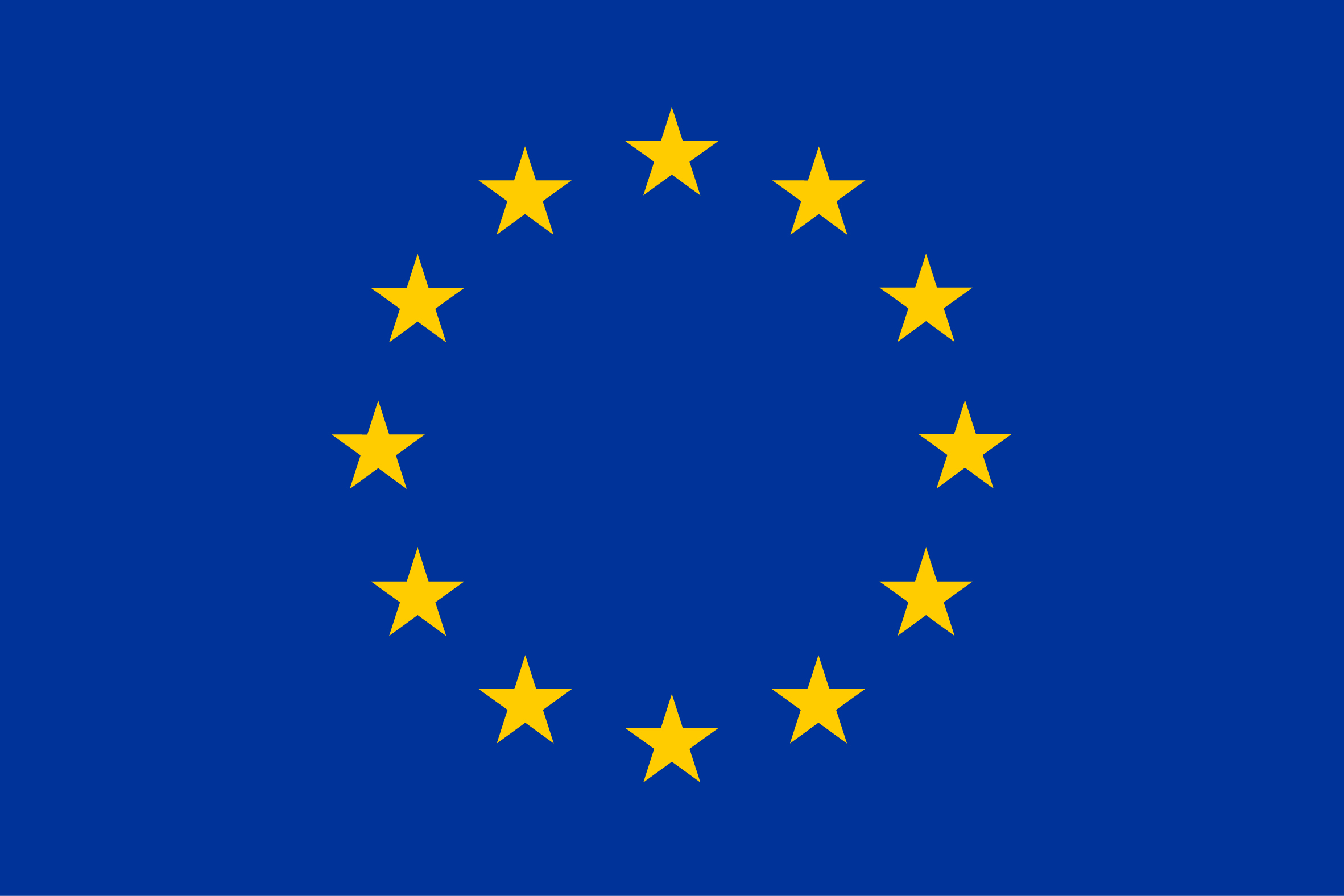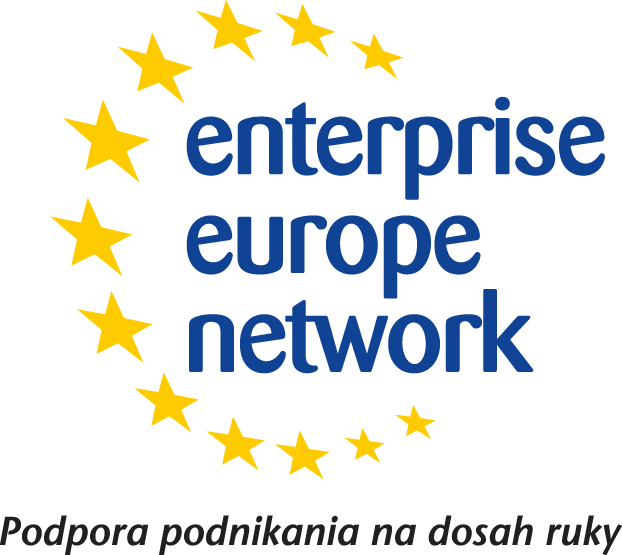Summary:
A French SME, working on tunable liquid crystal lenses since 2009, has developed a technology based on a conductive transparent polymer which gives a very uniform and continuous fringe pattern. The patented electrode structure can generate tip/tilt along the optical axis. Possible applications range from autofocus for image sensors to beam shaping of light sources. Technology transfer is sought with an industrial partner under license agreement and/or technical cooperation agreement.
Description:
Miniaturisation of image sensors and increase of their resolution creates a demand for new miniature optical components providing classical functions in optics, like auto-focus (AF) and optical image stabilsation (OIS). Several routes have been explored in order to integrate AF and OIS functions in miniaturised components, for example electro-wetting liquid lenses, micro electronic mechanical systems components and liquid crystal (LC) lenses.
Recent attempts to provide LC lenses with OIS showed the possibility to shift an image but limitations appeared. The sectorisation of the electrodes generates aberrations due to the discontinuities of the electric field at the junction between two sectors.
To overcome these limitations, the French company proposes a new structure featuring a resistive electrode. This structure consists of glass substrates with thin Indium Tin Oxyde (ITO) electrodes joined with a ring-shaped resistive electrode (10kΩ/sq.) made of two mixed polymers PEDOT-PSS (poly(3,4-éthylènedioxythiophène) - poly(styrène sulfonate) de sodium) and etched by oxygen plasma.
A high resistivity layer (10MΩ/sq.) is then coated on the optical aperture (hole pattern Chromium (Cr) electrode), then the cell is assembled like a classical LC modal lens. With this electrode structure, it became possible to linearise the electric potential between the electrodes and reduce aberrations of the resulting wavefronts. First a simulation of the lens by finite elements method was made, to study the impact of the ring-shaped resistive electrode and to calibrate the physical parameters of each components (metallic electrodes, ring-shaped electrode, high resistivity layer, liquid crystal...). Then, lenses were made and characterised in terms of focus, deviation angle and aberrations.
The SME proposes a highly integrated and low cost active Liquid Crystal Lens for auto-focus and optical image stabilisation that offers three main interests for applications:
•No moving parts - thin film technology with no encapsulated air: this technology is well suited to critical environments such as space/vacuum or underwater system. It has also low sensitivity to vibration that makes it ideal for industrial applications.
•Ultra miniature design: the lens dimensions are close to the lens pupil diameter to achieve a thickness of less that 1mm. This lens is particularly well suited to auto-focus functionality in endoscopic probes or in embedded devices such as a smartphone or a wearable camera.
•Low cost: the technology uses standard production processes of the Liquid Crystal Display (LCD) and semiconductor industries. It is possible to massively scale-up production so as to lower the unit price of components.
The French SME aims to transfer this technology to industrial partners located in Europe, Japan, USA or South Korea. License agreements and technical cooperation agreements are sought with industrial partners in sectors such as telecommunications, medical imaging equipment, optic systems development, virtual reality helmets development.
Type (e.g. company, R&D institution…), field of industry and Role of Partner Sought:
The objective of the French SME is to transfer technology to industrial partners acting in sectors such as optics, medical, military, aerospace, gaming... and located in Europe, Japan, the United States or South Korea.
Several applications are identified, from autofocus for image sensors to beam shaping of light sources. The SME is looking for industrial partners in sectors such as telecommunication, medical imaging (endoscopy/microscopy) equipment, optical systems development for individual equipment (laser beam projection, rifle vision system, embedded cameras...), gaming or virtual reality headsets development...
A license agreement is sought for the transfer of intellectual property rights. A technical cooperation agreement is sought to adapt the technology to the needs of the partner's application.
Stage of Development:
Available for demonstration
Comments Regarding Stage of Development:
Proof of concept made in data transmission for telecommunication, prototype available.
IPR Status:
Patents granted
Comments Regarding IPR Status:
The IPR rights are covering Europe, Japan, South Korea and USA.
External code:
TOFR20210208001
